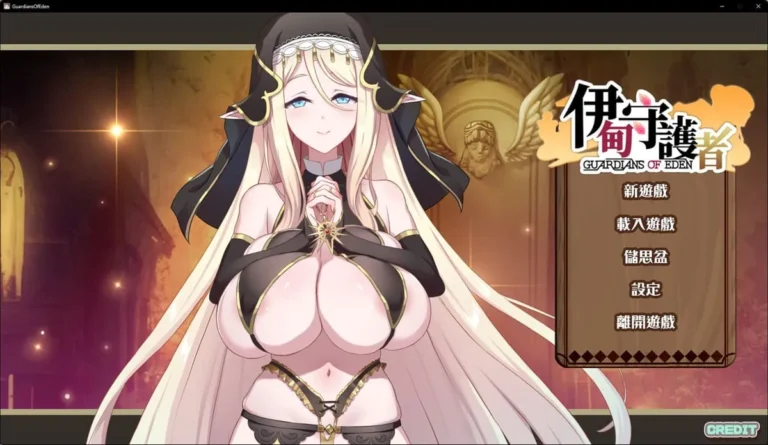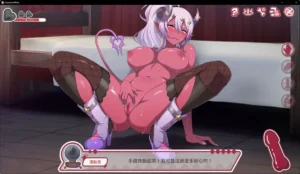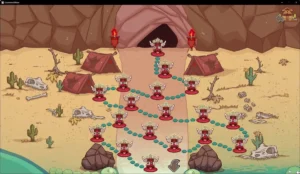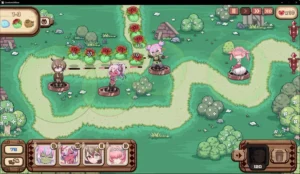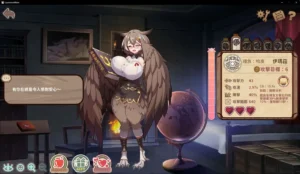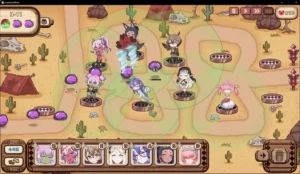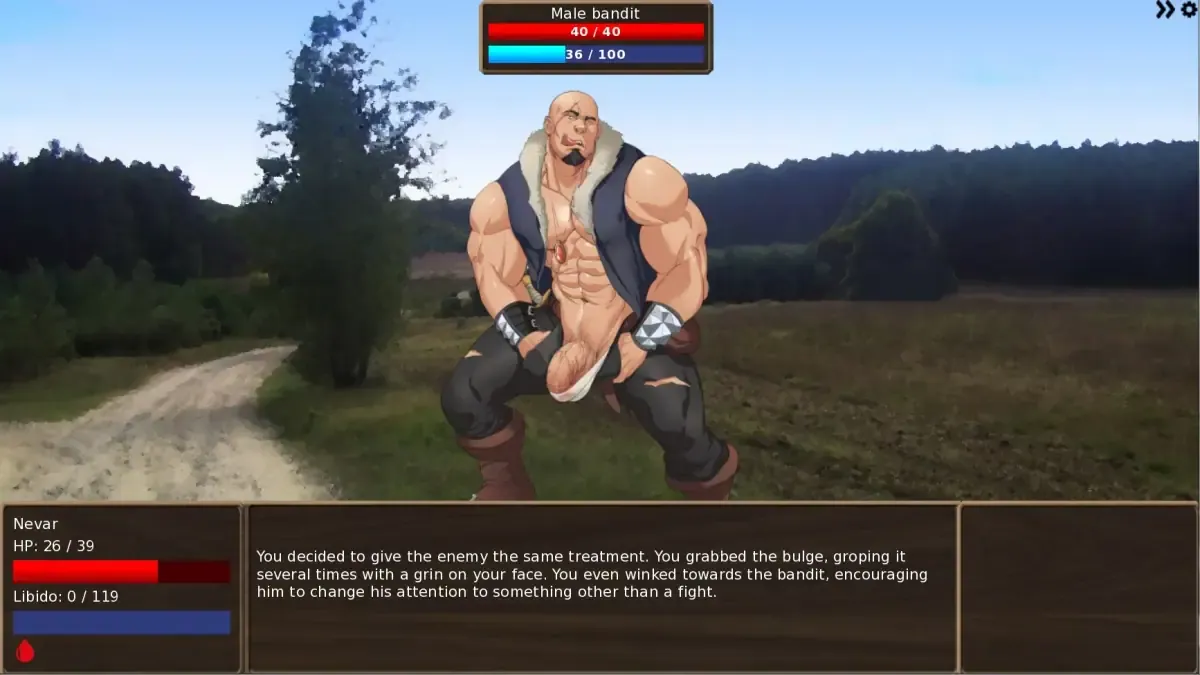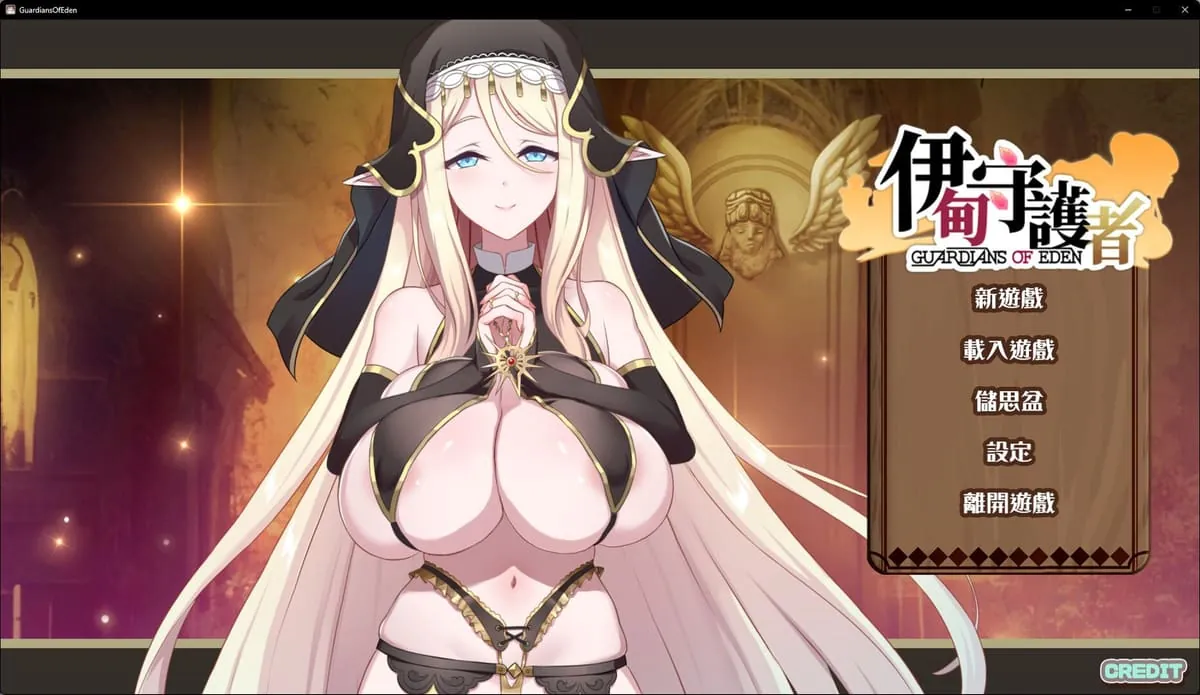
Guardians of Eden review
Explore the tower defense cultivation gameplay mechanics and strategic elements
Guardians of Eden stands out as a unique tower defense cultivation title that blends strategic gameplay with character-driven narratives. This game invites players into an immersive experience where they serve powerful Valkyries while engaging in tactical battles and resource management. Whether you’re a seasoned strategy game enthusiast or exploring the cultivation genre for the first time, understanding what makes Guardians of Eden distinctive can help you determine if it aligns with your gaming preferences. The game combines tower defense mechanics with character interaction systems, creating a multifaceted experience that rewards both strategic thinking and engagement with its narrative elements.
Core Gameplay Mechanics: Tower Defense Meets Cultivation
Understanding the Tower Defense Foundation
Let me paint you a picture. I was stuck on the third major boss for what felt like an eternity. My screen was a mess of failed tactics and spent resources. I was doing what any seasoned gamer would do—throwing everything I had at the problem. It wasn’t working. That’s when I realized I was playing Guardians of Eden all wrong. I was treating it like a standard tower defense game, when it’s so much more. This is a tower defense cultivation game at its heart, and that changes everything. 🎮
The foundation will feel familiar if you’ve ever placed a tower on a path to stop waves of enemies. You have a lane, creeps walk down it, and you need to stop them. But here’s the twist: your towers are sentient beings with personalities, needs, and growth arcs. The core strategic battle mechanics aren’t just about where you put a turret; they’re about who you place there, what your relationship with them is, and how you’ve nurtured their unique abilities. It’s this beautiful, chaotic blend of cold, hard strategy and warm, personal storytelling.
The moment it clicked for me was during a late-game siege. I had my Valkyries positioned perfectly—or so I thought. A horde of flying units bypassed my entire front line because I’d ignored the emotional state of my aerial specialist, who was “distracted” due to a neglected personal quest. The game doesn’t just punish poor placement; it punishes poor cultivation. Your Valkyrie placement strategy is inextricably linked to how well you know and develop your characters. This is the soul of this unique tower defense cultivation game.
Valkyrie Recruitment and Character Development
Remember the first character you truly connected with in a game? For me in Guardians of Eden, it was Lyra, a fire mage with a timid demeanor but devastating area-of-effect spells. Recruiting her was just the beginning. The real game began when I had to understand what made her tick. This is where the character development system shines and completely redefines the tower defense cultivation game genre.
Recruitment isn’t a simple transaction. You don’t just buy a Valkyrie; you earn their loyalty through story progression, completing specific challenges, or making key dialogue choices. Each Valkyrie has a backstory, personal goals, and preferences. Some might love rare artifacts you find in battle, while others value spending time training in the dojo. Ignoring these aspects doesn’t just make them less happy; it makes them less effective in combat. A Valkyrie who feels understood and valued will perform beyond their base stats, unlocking powerful synergy bonuses and special abilities mid-fight.
The progression is a dual-track system. There’s the combat power you enhance directly, and there’s the relationship level you cultivate through interactions. I learned this the hard way. I poured all my resources into boosting Lyra’s raw damage numbers, but I hit a wall because our bond was stagnant. Once I started taking her on non-combat expeditions and giving her gifts she actually liked, her performance skyrocketed. Her fire spells started applying a lingering burn effect I didn’t even know she could learn. This deep character development system is what separates a good defense from an impregnable one.
To help you get started, here’s a breakdown of some core Valkyrie archetypes and how to think about them strategically:
| Valkyrie Role | Strategic Strengths | Positioning Recommendations | Resource Investment Focus |
|---|---|---|---|
| Vanguard (Tank) | High durability, crowd control, taunts enemies | Front line, near choke points, to absorb initial waves | Health, Defense, Relationship Gifts that boost morale |
| Artillery (Ranged DPS) | High single-target or AoE damage, long range | Rear positions with clear lines of sight, protected by terrain or Vanguards | Attack Power, Critical Chance, Gifts related to their craft (e.g., spellbooks) |
| Support (Healer/Buffer) | Healing allies, applying shields, debuffing enemies | Central, protected locations to maximize range to all allies | Support Power, Cooldown Reduction, Gifts that signify trust |
| Saboteur (Control) | Slows, stuns, silences, and disrupts enemy formations | Flanking positions, near bends in the path to maximize crowd control | Status Effect Potency, Mana Regeneration, Gifts that appeal to their cunning nature |
This table isn’t just a stat sheet; it’s a guide to understanding personalities. A Vanguard isn’t just a meat shield; she’s a proud protector who values strength and honor. Your Valkyrie placement strategy must account for both her tactical role and her personal narrative. 🛡️⚔️
Strategic Battle Placement and Resource Allocation
This is where your plans either come to glorious fruition or fall apart in spectacular fashion. The battlefield in Guardians of Eden is a chessboard, and your Valkyries are the pieces with minds of their own. The most critical tower defense strategy tips I can give you revolve around a single concept: dynamic positioning. Unlike static towers, your Valkyries can be repositioned during combat, but it costs precious time and a special resource called “Unity.” This makes your initial setup and your resource allocation gameplay absolutely paramount.
Let’s walk through a specific scenario that taught me this lesson. I was defending the “Sunken Pass,” a map with three converging lanes. My initial setup was textbook: Vanguards at each choke point, Artillery behind them, and Supports in the middle.
- Wave 1-3: Easy. My formation held. I was feeling confident, hoarding my early game resources for a big upgrade later.
- Wave 4: The boss, a massive Corrupted Treant, spawned on the left lane, accompanied by swarms of fast, fragile minions on the right. My left-side Vanguard was being crushed, while my right-side Artillery was overwhelmed by numbers.
- The Crisis: I had to make a choice. Do I spend my resources to instantly heal my tank, upgrade my right-side damage, or reposition a Saboteur to slow the swarm?
- The Decision (The Wrong One): I panicked. I spent most of my resources on a raw damage upgrade for my right-side Valkyrie. It cleared the swarm, but my left-side tank fell. The boss broke through, and it was a cascade failure from there.
I replayed that battle half a dozen times. The winning strategy? A better Valkyrie placement strategy from the start. I placed my sturdiest Vanguard on the left, anticipating the boss lane from subtle environmental clues. More importantly, I invested in my resource allocation gameplay. Instead of saving for a big upgrade, I spent resources early to improve my Support Valkyrie’s healing range. This meant she could assist both the left and right lanes without me spending Unity to move her. When the crisis hit, I had the resources to briefly reposition my Saboteur to slow the boss, giving my left flank crucial extra seconds. We held. It was beautiful. ✨
This is the essence of the strategic battle mechanics. You’re not just managing a health bar and a currency bar; you’re managing:
* Spirit Essence: The primary currency for instant upgrades and activating ultimate abilities during combat.
* Unity: Used for repositioning Valkyries and triggering powerful cross-character combo attacks.
* Relationship Meter: A hidden resource that, when full, can trigger a “Bond Moment,” turning the tide of battle automatically.
Your resource allocation gameplay is a constant triage. Do you spend Spirit Essence to upgrade Lyra’s fireball now, or save it to activate your Vanguard’s ultimate shield when the boss arrives? Do you use Unity to move your healer, or risk letting a lane suffer to save it for a combo? These decisions are what make every battle a unique puzzle. Here are a few tower defense strategy tips born from painful experience:
The best resource is one you don’t have to spend. A well-placed Valkyrie from the beginning is cheaper than constantly repositioning a poorly placed one.
- Invest in Flexibility: Prioritize upgrading Valkyries with versatile skills early on. A character who can switch from single-target to AoE damage is often more valuable than a pure specialist.
- Read the Battlefield: The environment gives clues. Moss growing on one path might hint at a water-based boss, suggesting you place your lightning-based Valkyrie there. This proactive thinking is key to cultivation game progression.
- Balance Your Economy: Don’t pour all your out-of-combat resources into one “main” Valkyrie. The cultivation game progression system rewards a balanced roster. A well-rounded team with strong bonds will always outperform a single overpowered character surrounded by neglected allies. 🤝
The gameplay loop is genius. You fight battles to earn resources and experience. You use those to strengthen and deepen your bonds with your Valkyries. This improved character development system makes you stronger in the next, more difficult battle, which rewards you with even better resources for progression. It’s a satisfying cycle of strategy, storytelling, and empowerment that makes Guardians of Eden a landmark tower defense cultivation game. Your success isn’t just measured by victories, but by the strength of the relationships you’ve built along the way.
Guardians of Eden delivers a compelling blend of strategic tower defense gameplay and character-focused cultivation mechanics that appeals to players seeking depth and narrative engagement. The game’s unique approach to combining tactical battle placement with meaningful character relationships creates a rewarding experience where both strategic decisions and emotional investment matter. With comprehensive multi-language support and thoughtful accessibility features, the game welcomes players from around the world. Whether you’re drawn to the strategic elements of tower defense, the character development aspects of cultivation games, or the combination of both, Guardians of Eden offers a distinctive gaming experience worth exploring. The title has established itself as a standout entry in the tower defense cultivation genre since its March 2024 release, continuing to evolve and engage its player community.
